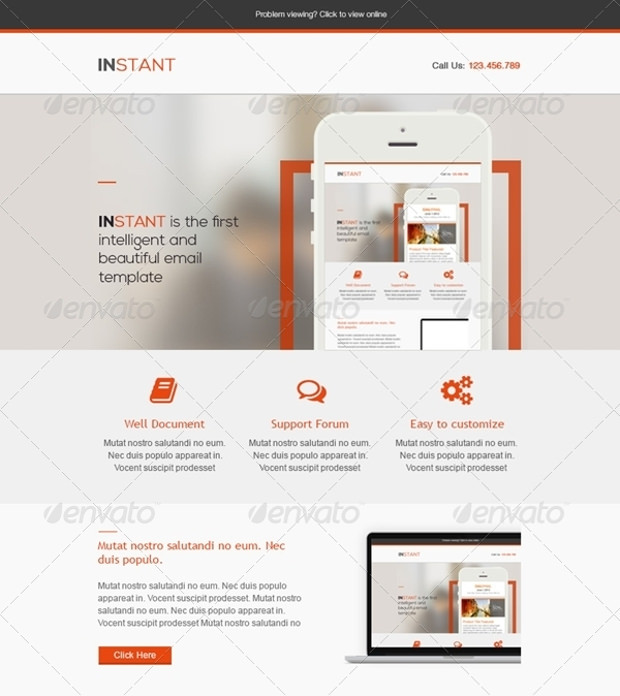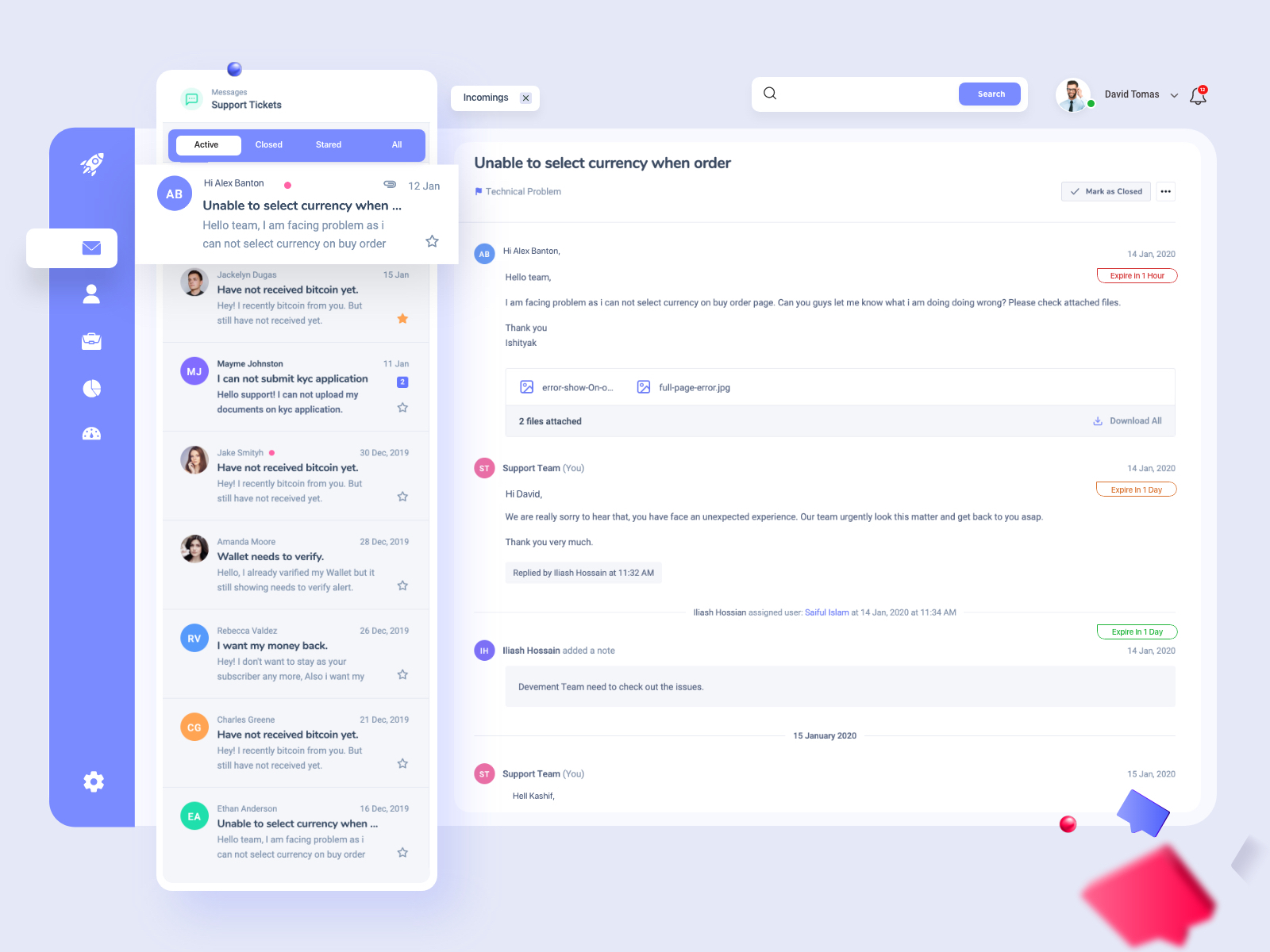
The most important feedback we got was issues with typography sizing.īeing agile as we are as team, we went back and blocked a day specifically for design refinements and clean up, where we re-looked at the whole type scale and redefined it.

We got some more feedback from product owners, SMEs and through more testing, so we had to do more iterations to the designs. With all the above mentioned in place ✅, signed off ✍️, it was now time to SHIP IT! 🚀 Et voila!Ī snippet of what it looks like as a final product (for now *cough* *cough*) We broke down all the components into their own sections to make it easy to navigate, resulting in:

The overall feedback was really good, with just a few change requests. We were now at the point of playing back the outcome and insights with key stakeholders to get the green light. As they weren’t performing as anticipated.įollowing suit with our design process, it was back to designing for us, incorporating the changes according to testing results. With the test results in, feedback showed that we needed to fix a few design components and typography styles. Now, the next step was to create some quick prototypes and do some qualitative testing with some users. That’s quite the buffet if you ask me! And in just a short period of time.Ĭhurning and pushing pixels like our lives depended on it, everything was set, and the first drafts of templates were ready. Deliverables by the end of the design sprint included a whopping 150 components and eight email templates.

By splitting the workload between a team of four UI designers and one front end developer (Ameen, Satish, Anna, Nisar and myself) with close involvement from the product owner (Ruah) and the copywriter (Charlotte).

We strategised the course of action to deliver the design system library and templates. Getting everyone’s input from the beginning helped steer the project on the correct course by understanding requirements from different perspectives and most importantly translating those requirements into an enhanced user experience. Miro was our tool of choice to capture ideas, research and benchmarking. Designers, product managers, brand, marketing, copywriters, developers and guest experience. We started off with ideation and discovery, from there-on having the relevant SMEs in the room, i.e. It had to be in a hybrid format given the pandemic restrictions 😷, that means it was a mix of virtual and physical collaboration. We approached this project with our agile and design thinking hats on, opting for a five-day design sprint. A single source of truth for all things email.This took some serious back and forth lengthy discussions and consensus between teams and product owners.Įnter 🥁 … email design system: the solution that will create that much needed domino effect. How can we bridge the consistency gap and enhance the email experience, whilst minimising time to market, design debt and increase overall collaboration? The solution


 0 kommentar(er)
0 kommentar(er)
